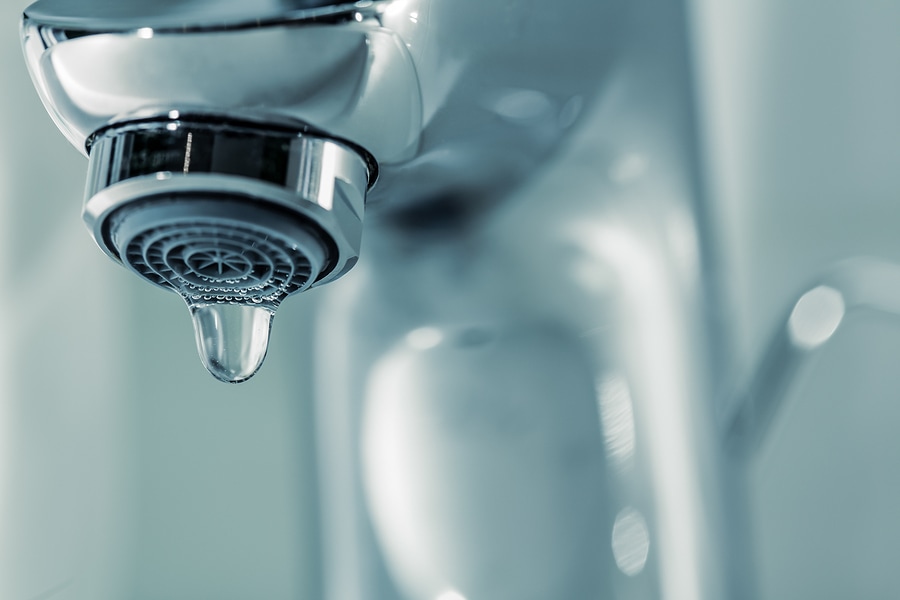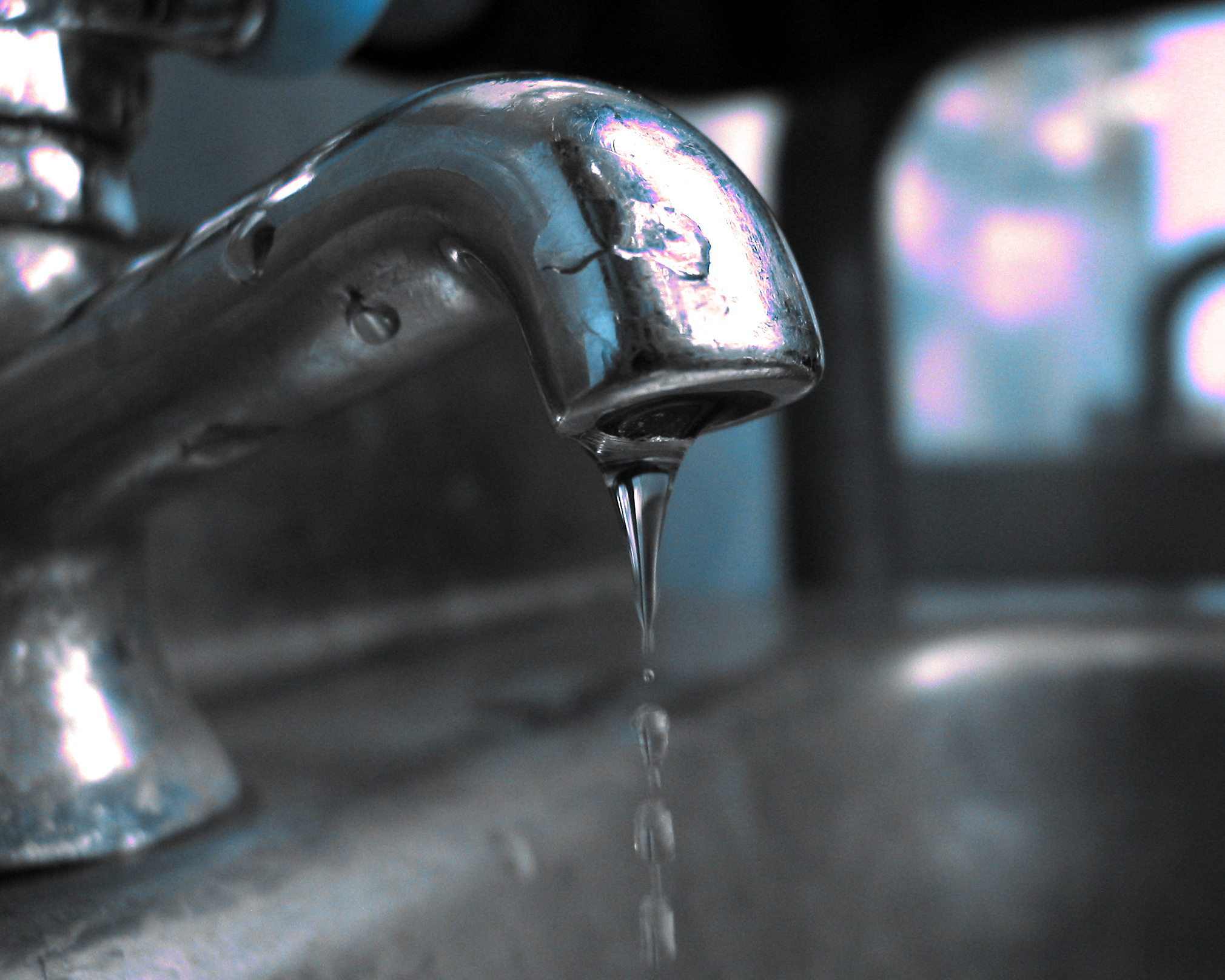How It's Crucial to Repair a Malfunctioning Faucet
How It's Crucial to Repair a Malfunctioning Faucet
Blog Article
Listed here below yow will discover some really good ideas involving How to Fix a Dripping or Leaky Faucet .

Leaking faucets might feel like a minor trouble, but their impact goes beyond just the annoyance of the audio. From drainage to sustaining unneeded financial costs and health threats, ignoring a leaking faucet can cause numerous repercussions. In this short article, we'll explore why it's vital to address this typical household concern promptly and properly.
Wastefulness of Water
Environmental Influence
Dripping taps add significantly to water wastage. According to the Environmental Protection Agency (EPA), a solitary tap dripping at one drip per secondly can lose greater than 3,000 gallons of water per year. This not just stress water sources yet likewise influences communities and wildlife based on them.
Financial Expenses
Raised Water Bills
Past the ecological impact, trickling taps can pump up water expenses substantially. The gathered waste over time equates right into greater utility expenses, which can have been stayed clear of with timely repairs.
Prospective Building Damage
Furthermore, extended trickling can result in harm to fixtures and surfaces bordering the tap. Water build-up can trigger staining, deterioration, and also architectural issues if left neglected, resulting in added fixing prices.
Health and wellness Problems
Mold and Mold Development
The continuous existence of moisture from a dripping tap develops an optimal atmosphere for mold and mildew and mold development. These fungi not only jeopardize interior air top quality however likewise posture health risks, specifically for individuals with respiratory system problems or allergic reactions.
Waterborne Diseases
Stationary water in leaking faucets can become a breeding place for germs and various other pathogens, enhancing the risk of waterborne conditions. Pollutants such as Legionella germs prosper in stagnant water, possibly causing significant diseases when consumed or breathed in.
Do it yourself vs. Professional Repair service
Pros and Cons of Do It Yourself Repair
While some may attempt to fix a dripping tap themselves, do it yourself repair services feature their own collection of challenges. Without proper knowledge and tools, DIY attempts can worsen the problem or cause incomplete repair work, prolonging the issue.
Benefits of Employing an Expert Plumber
Hiring a professional plumber ensures that the underlying reason for the dripping tap is dealt with efficiently. Plumbing technicians possess the expertise and equipment to diagnose and fix tap issues efficiently, conserving time and reducing the threat of additional damages.
Step-by-Step Guide to Taking Care Of a Dripping Faucet
Tools Called for
Prior to attempting to fix a trickling tap, collect the required tools, consisting of an adjustable wrench, screwdrivers, replacement components (such as washing machines or cartridges), and plumber's tape.
Common Faucet Issues and Their Solutions
Identify the type of faucet and the certain concern creating the drip. Typical problems include damaged washing machines, rusty valve seats, or damaged O-rings. Describe maker guidelines or on the internet tutorials for detailed advice on repair work.
Preventive Measures
Normal Maintenance Tips
To avoid dripping faucets, do regular maintenance such as cleaning up aerators, examining for leaks, and replacing damaged parts promptly. Furthermore, think about installing water-saving tools or updating to a lot more efficient components.
Value of Prompt Repair Works
Dealing with trickling taps as soon as they're seen protects against more water wastefulness and potential damage, eventually conserving both water and cash in the long run.
Impact on Property Worth
Understanding of Well-Maintained Home
Maintaining a building in good condition, including dealing with maintenance problems like leaking taps, boosts its perceived worth and desirability among potential customers or renters.
Influence on Resale Worth
Features with properly maintained plumbing components, consisting of taps, command higher resale values in the property market. Attending to dripping taps can contribute to a favorable impression during residential property assessments and arrangements.
Environmental Duty
Private Payment to Preservation
Taking obligation for repairing trickling faucets straightens with wider initiatives towards water preservation and environmental sustainability. Every individual's activities jointly make a substantial effect on preserving priceless resources.
Lasting Living Practices
By focusing on punctual repairs and embracing water-saving practices, individuals add to sustainable living practices that profit both present and future generations.
Verdict
Dealing with a leaking tap surpasses mere benefit; it's a crucial action towards saving water, decreasing financial costs, and safeguarding health and home. Whether with DIY fixings or expert support, taking action to take care of leaking faucets is a small yet impactful method to promote responsible stewardship of sources and add to a much healthier, more sustainable future.
How to Fix a Dripping or Leaky Faucet
A leaking faucet is one of the most common problems that homeowners encounter, but it being commonplace doesn’t make it any less annoying. The constant drip drip drip of a leaking bathtub faucet, showerhead, or sink tap can disturb your home’s serenity. Left neglected, a dripping faucet can also result in higher water bills and discoloration or mold growth in your sink or plumbing fixtures.
Fortunately, you don’t have to be a trained plumber to know how to stop a dripping faucet. With some basic tools, replacement parts, and a little patience, leaky faucet repair is a breeze. In this article, we’ll explain what causes dripping faucets and how you can fix them.
What Causes a Leaking Faucet?
Kitchen and bathroom faucets come in all manner of designs, but most involve some combination of valves, O-rings, seals, and washers. The O-ring is usually the weakest link, but any one of these pieces can wear down over time. Heat, moisture, temperature fluctuations, minerals, mold, and movement can contribute to warping and corrosion, breaking the watertight seal. This just comes with the territory of being a homeowner. Everything is always subject to wear and tear, and some component parts of your appliances and fixtures need to be replaced on occasion. At least replacement O-rings are cheap!
More rarely, dripping faucets can be a symptom of excessively high water pressure. Were this the case in your home, you would probably notice that the leak is not isolated to one faucet. Water pressure issues are harder to resolve on your own. We recommend contacting a professional plumber if you suspect your water pressure is too high.
How to Fix a Dripping Faucet
Pipe wrench or monkey wrench Allen wrench set Screwdrivers Old towel or rag Shut off the water.
Before you do anything, you need to turn off the water to keep from drenching your kitchen or bathroom. You should find a valve under the sink and against the wall. Once you’ve turned this valve, try turning the faucet on to confirm that the water source has been cut off.
If you can’t locate your local valve for the faucet you’re working on, you can always shut off the water to the house at the main valve. Of course, this will prohibit anyone from using the sinks, showers, or toilets while you’re working on the faucet that’s giving you trouble.
Plug or block the drain.
You’ll be disassembling the faucet and removing some small bits of hardware. Plug the drain with a stopper or rag to avoid the possibility of a small screw falling into your P-trap.
Take apart the faucet assembly.
There are several varieties of kitchen and bathroom faucets, each with its own manner of assembly. For detailed instructions on how to disassemble your faucet, you can refer to the fixture’s manual or contact the manufacturer. If you know whether you have a ball, disc, cartridge, or compression faucet, you can find detailed schematics online.
In general, you need to begin by removing the faucet handles. You might notice a small screw that you’ll need to remove with a screwdriver or Allen wrench. If you don’t see any visible securing hardware, it’s likely hidden under a decorative cap that can be unscrewed or popped off with flathead screwdriver.
Remove each piece methodically, consulting a schematic when necessary. Take notes or arrange the pieces in such a way to make it easier to correctly reassemble the faucet later.
Remove the cartridge.
Once you’ve removed the handles and securing hardware, you should be able to remove the valve cartridge or stem. Some cartridges will slide right out. Other faucet models will require you to loosen a nut with a pipe wrench before you can remove the valve stem.
Examine the exposed hardware.
With the cartridge or stem removed, inspect the component parts. Check the rubber O-rings for wear and tear. Also examine the seat washer for corrosion or other damage. These pieces are usually the responsible parties for a dripping faucet, but it’s worth inspecting the other component parts while you have the faucet disassembled.
Find replacement parts.
Once you’ve identified which faucet component has failed, find an identical replacement. Your local hardware store should have O-rings, seat washers, and other standard components in stock. If you have a luxury or uncommon faucet, you may have to contact the manufacturer for a replacement part.
It’s a good idea to take your old parts with you to the hardware store so you can compare them with the store’s inventory and be sure you’re purchasing the correct replacement.
Reassemble the faucet.
With your new parts in hand, reconstruct the faucet and handles. Don’t be tempted to overtighten screws or nuts. You might think this could create a better seal, but it can instead damage or bend a delicate part of the assembly and create a new problem for you.
Turn on the water and test the faucet.
The only thing left to do is test your work. Unplug the sink, turn the water back on, and try the faucet. Congratulate yourself on a job well done!
https://www.libertyhomeguard.com/how-to-fix-a-dripping-or-leaky-faucet/

I stumbled upon that article on How to Fix a Dripping or Leaky Faucet when surfing the web. In case you appreciated our blog posting please consider to pass it around. Thank-you for your time spent reading it.
Report this page